Snap's chase for ad dollars will see the company trying to get you to watch something called, wait for it, "Commercials."
The six-second unskippable ads will be tested on the TV-like Snapchat Shows, and not on personal stories or Discover editions, reports Digiday.
Once reluctant to impose ads on users, Snapchat is set to trial "Commercials" in its latest attempt to be more attractive to advertisers. The test is slated to begin mid-May, and will allow the company to see how many ads users can endure on the platform.
Snapchat Shows are around 4-5 minutes long, with productions from NBC, HBO, ESPN, BBC, among others, in the works. The thinking is that Snapchat users will already be used to watching ads to get free content.
It follows on from the launch of "shoppable" lenses in April, which allow brands to apply ads and install buttons on top of a lens.
Users continue to grumble over Snapchat's vastly unpopular redesign, resulting in the departure of several high-profile users and declining engagement.
With advertising its only source of revenue, attractive ad products is key to Snap Inc. turning around its earnings, after posting a near $350 million loss in the fourth quarter of 2017.

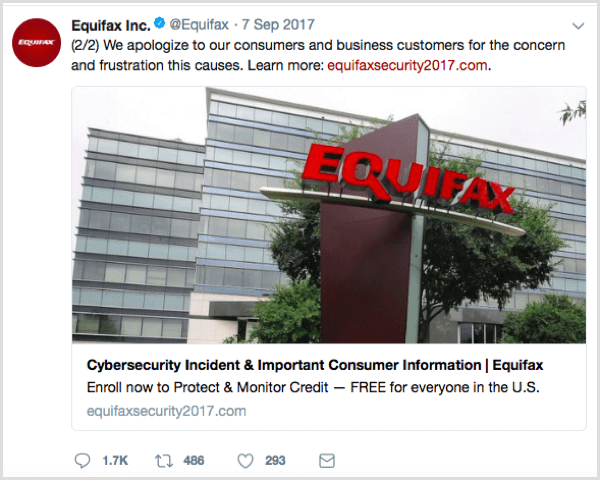
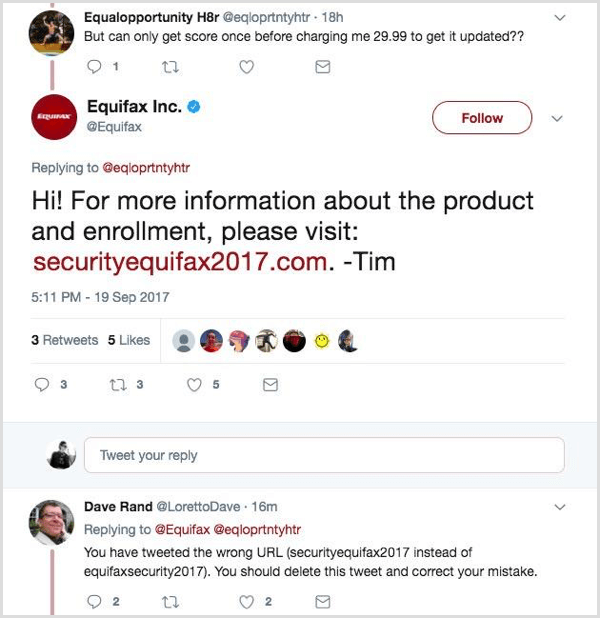
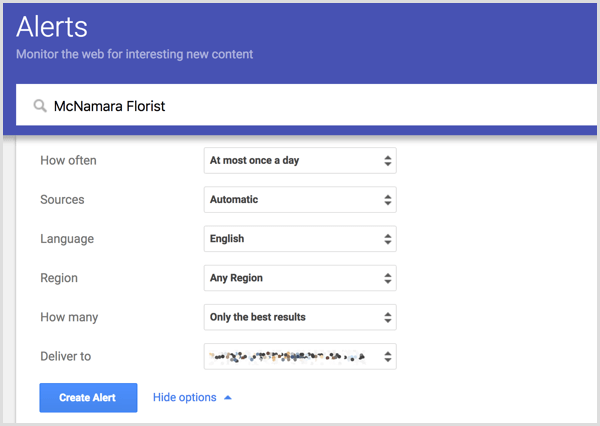
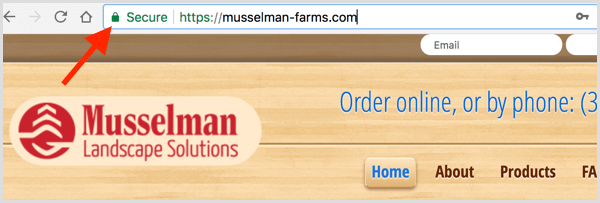
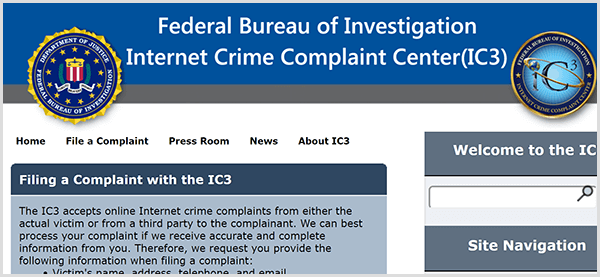
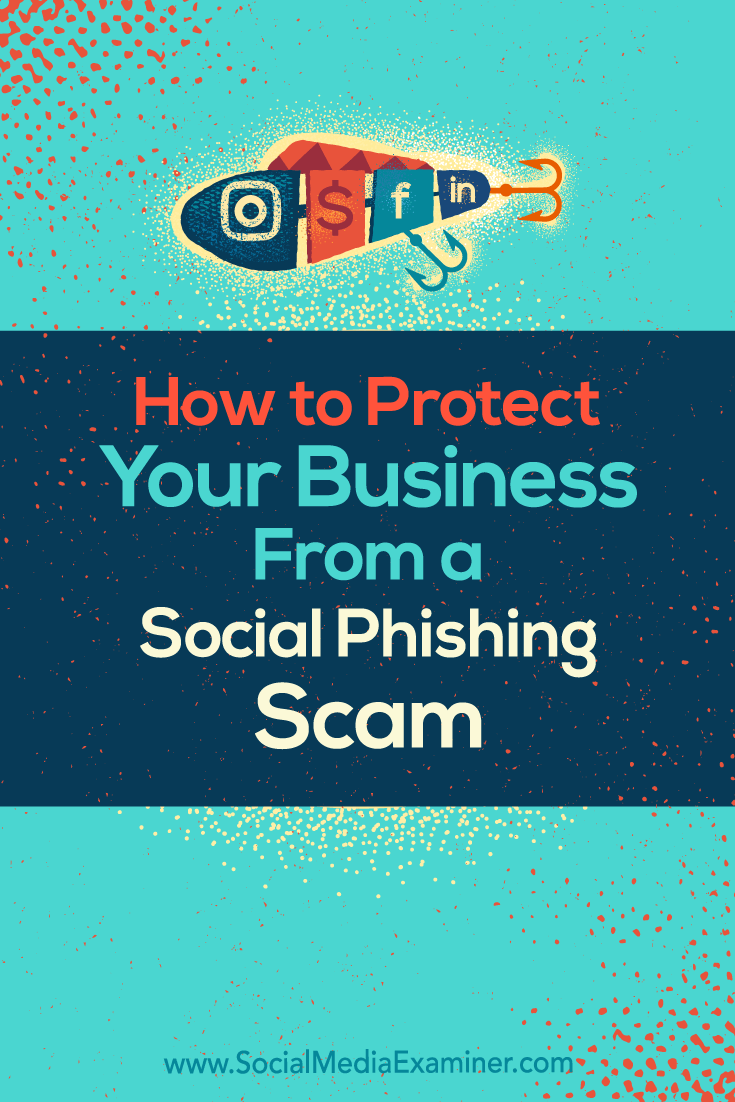
/https%3A%2F%2Fblueprint-api-production.s3.amazonaws.com%2Fuploads%2Fcard%2Fimage%2F761523%2F1c40cce5-0591-4b94-a44c-83f5a330914e.jpg)

/https%3A%2F%2Fblueprint-api-production.s3.amazonaws.com%2Fuploads%2Fcard%2Fimage%2F761464%2Ff69bb97a-c60d-4b24-9bc6-5216a794d2a7.jpg)

/https%3A%2F%2Fblueprint-api-production.s3.amazonaws.com%2Fuploads%2Fcard%2Fimage%2F760896%2F471cdb7b-54a0-4812-89d2-8ebcdf9d12e0.jpg)

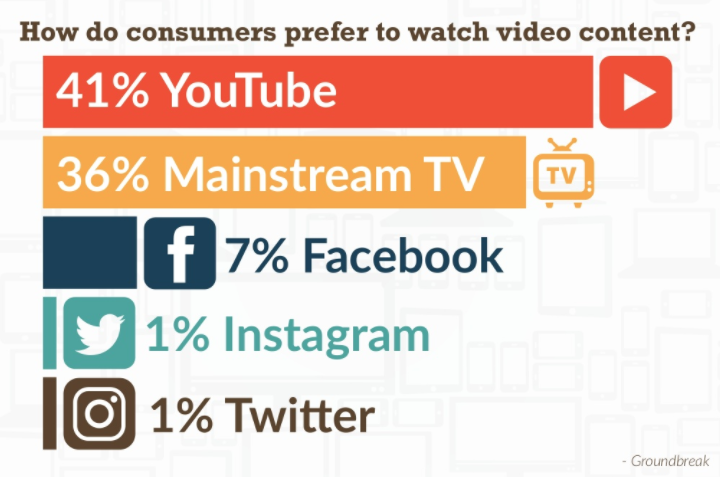
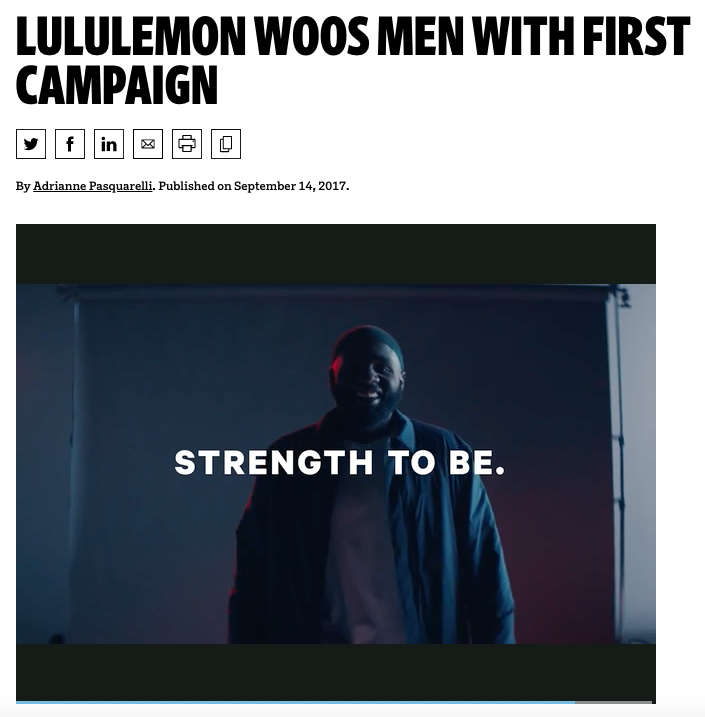



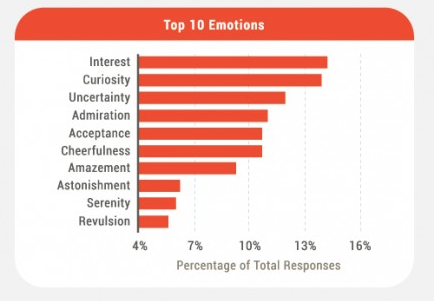

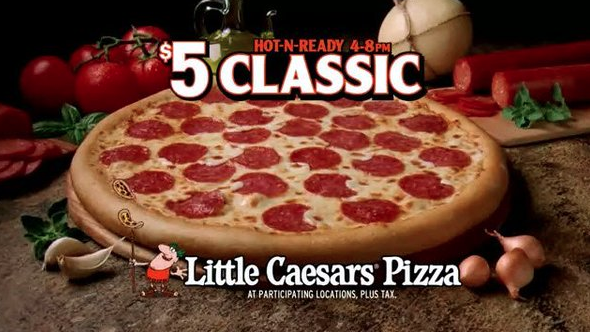
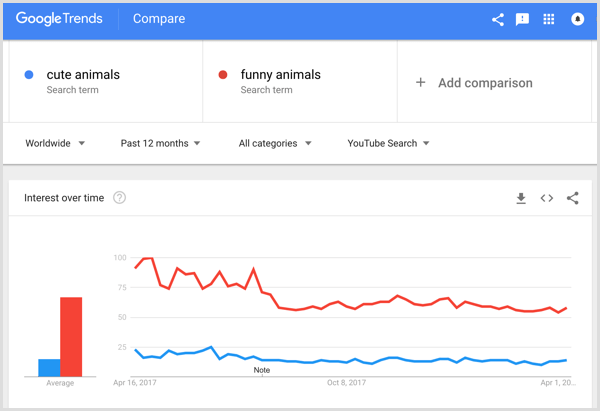
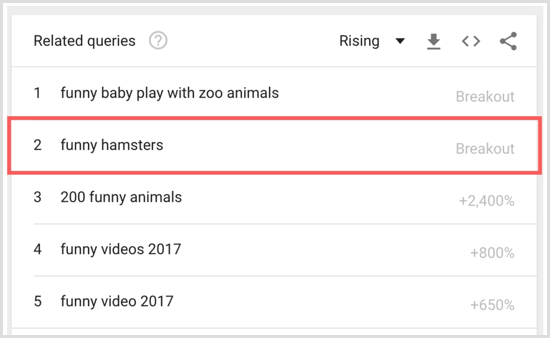


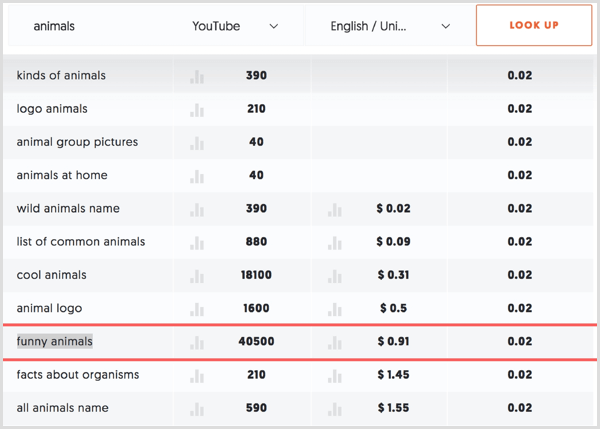
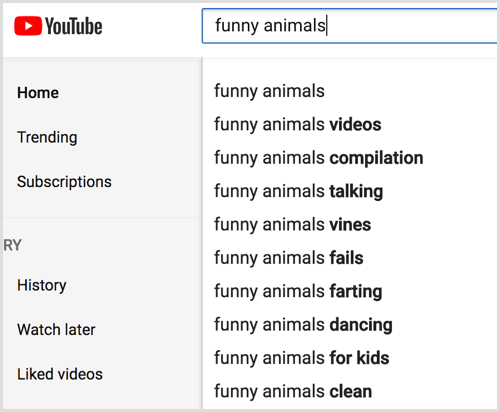
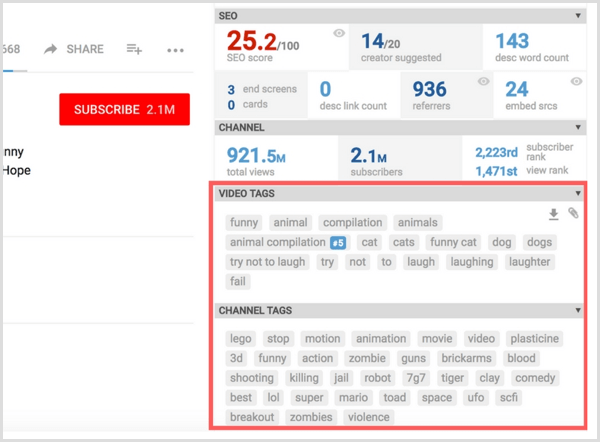




 RSS Feed
RSS Feed
